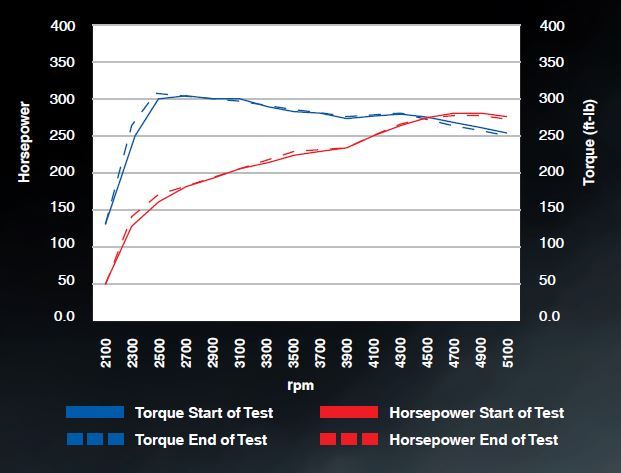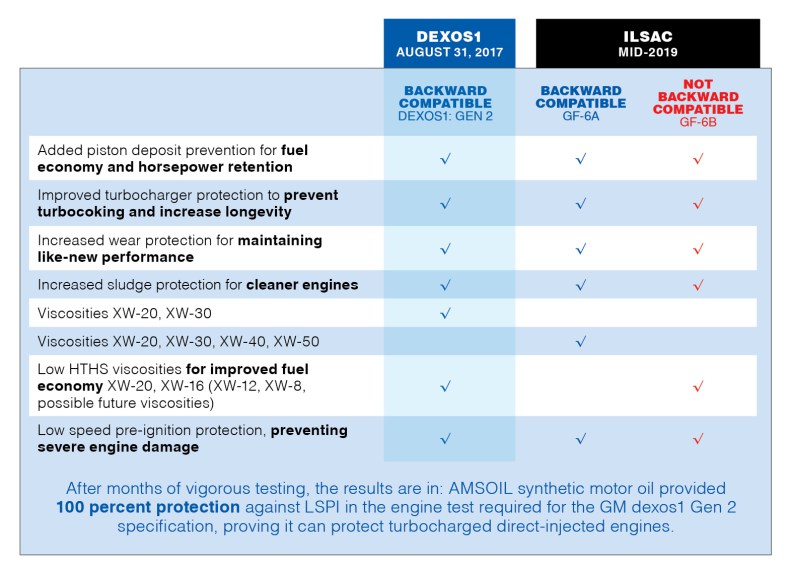Why Did We Reformulate Signature Series Synthetic Motor Oil? Local Sioux Falls note: We are reposing this article from last fall as it is important to realize the changes coming and how these enhancements will only add to the performance on older vehicles too. AMSOIL’s Signature Series likely already exceeds the future API specification which […]
You are browsing archives for
Tag: LSPI
The 3000 Mile Oil Drain Fails To Address...
The 3000 Miles Oil Change Interval Doesn’t Address Oil Quality When people say to me they change their oil at 3000 so not to take any chances that dirt could be causing damage or the oil could be getting “bad”, I say to them, why not change every 50 miles then?? I’m sure the oil […]
New Motor Oil Specs are Coming
New Motor Oil Specs are Coming Josh Kimmes|May 02, 2017 9:11 AM As engine operating conditions grow more severe, so do the demands placed on your motor oil. New engine hardware such as turbochargers, direct injection and variable valve timing (VVT) place increased stress on your engine oil. You may find yourself asking, why do […]


